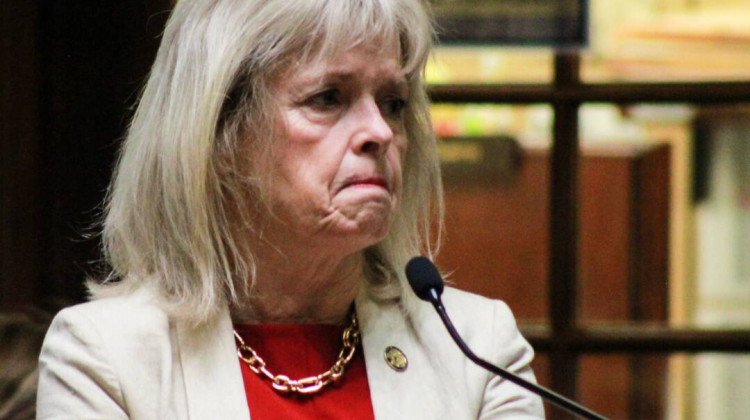
Indra Frank with the Hoosier Environmental Council said, were it not a nature preserve, this wetland area would be unprotected as a result of the court decision.
Mark Moschell/FlickrThe U.S. Supreme Court removed protections from many wetlands that used to be under federal jurisdiction. Wetland advocates say that doesn’t bode well for Indiana — which removed state protections for most of its wetlands two years ago.
The court ruled in favor of the Sacketts — an Idaho couple that filled in land to build a home that was later deemed a wetland by the Environmental Protection Agency. Now the only federally protected wetlands will be those with a “continuous surface connection” — where you can clearly see where one flows into the other.
Todd Royer is a professor at Indiana University’s O'Neill School of Public and Environmental Affairs. He said not very many wetlands have that continuous connection in the state and we can expect flooding will get worse as wetlands are filled in for development.
“It will be difficult to point back and say this was the day when that happened. But this is, you know, one more step in the continual loss of natural habitats and the ability of systems to moderate flood conditions. There'll be water quality impacts as well," Royer said.
Wetlands also store carbon emissions.
Christopher Craft is a wetlands scientist with IU's O'Neill School of Public and Environmental Affairs. He said while most of the Supreme Court justices agreed the EPA overstepped its bounds in the Sackett case, the three liberal justices and Justice Brett Kavanaugh disagreed with the narrow definition of a federally protected wetland.
“They said, well, wait a minute — this has gone a little too far because this new ruling will exclude wetlands that are separated from the river by a dive or a levee or a beach dune," Craft said.
Craft said it’s likely that the number of wetland acres will shrink because of the Supreme Court decision. Indiana has already lost at least 85 percent of its wetlands.
READ MORE: What energy, environment legislation is now Indiana law?
Join the conversation and sign up for the Indiana Two-Way. Text "Indiana" to 73224. Your comments and questions in response to our weekly text help us find the answers you need on statewide issues, including this series on climate change and solutions.
Indra Frank with the Hoosier Environmental Council said the decision was devastating considering that Indiana's state wetlands law is weak.
"We're going to need to rely more than ever on our state lawmakers for protection of the remaining wetlands," she said.
Frank said several Indiana lawmakers from both parties opposed removing protections for Senate Enrolled Act 389 in 2021. It removed protections for a whole class of smaller wetlands and nixed protections for another class of wetlands that the state considers somewhat rare or ecologically important.
Last year, a state task force recommended Indiana have a separate state law to regulate wetlands that isn’t bound to federal rules.
Rebecca is our energy and environment reporter. Contact her at rthiele@iu.edu or follow her on Twitter at @beckythiele.
9(MDAyMzk1MzA4MDE2MjY3OTY1MjM5ZDJjYQ000))
 DONATE
DONATE






 Support WFYI. We can't do it without you.
Support WFYI. We can't do it without you.